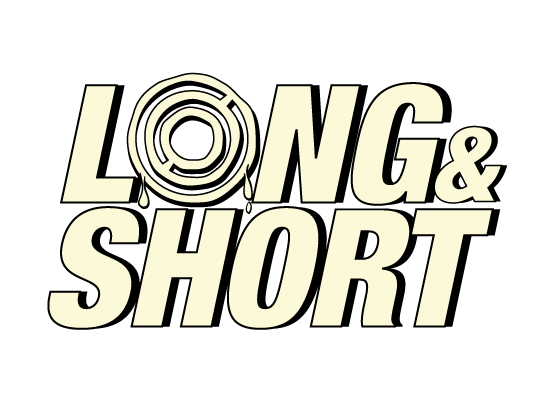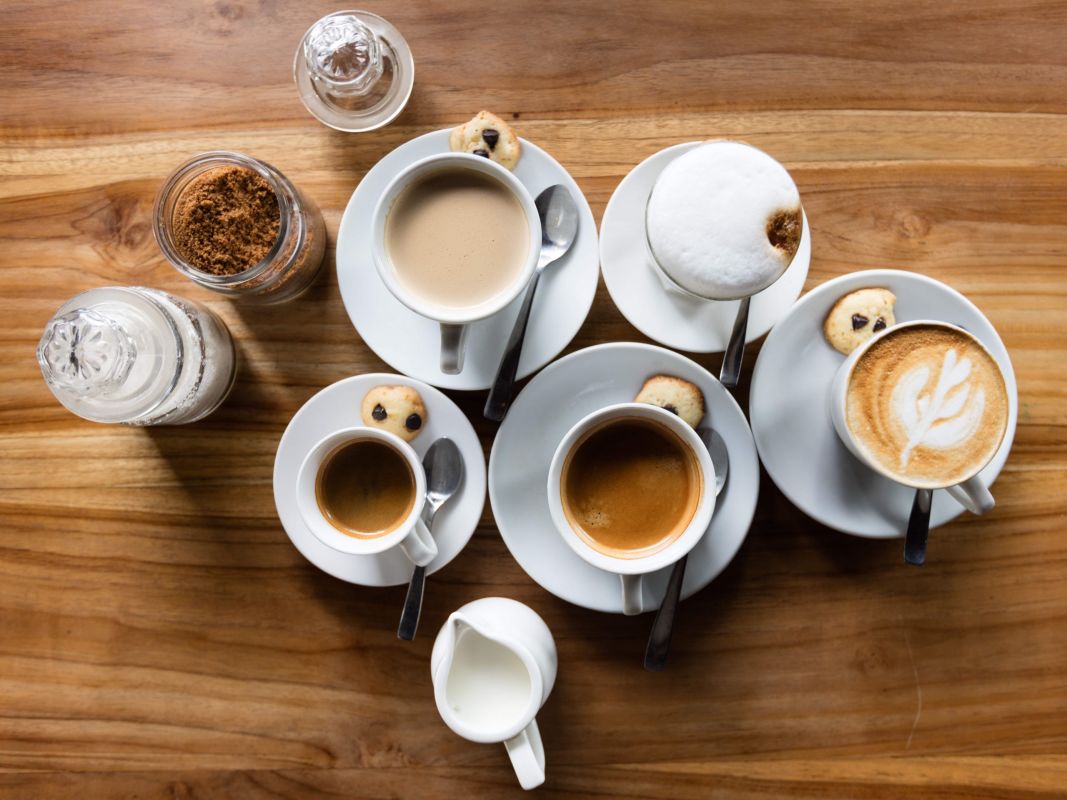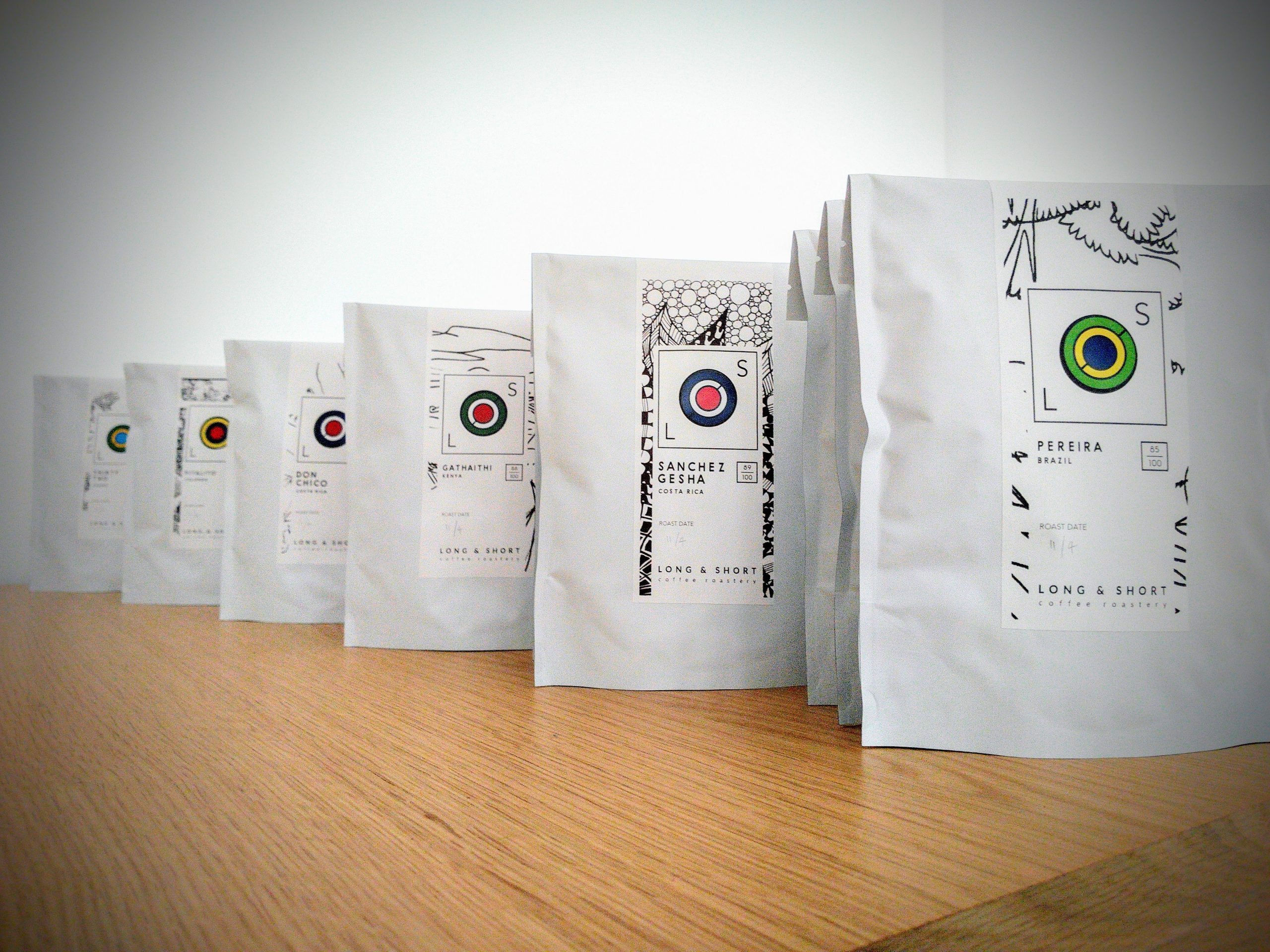87+ POINT
SPECIALTY coffees.
BUY NOW
After recently being flogged a latte in a cup worthy of a dolls house (slight exaggeration), rather than bear my frustrations online I thought I’d educate others with a brief overview of common coffee cup size and why they’re important.
Coffee cups and glasses come in many shapes and sizes that can either be aesthetically or ergonomically appealing, from the glasses, cups and saucers we use in our shops to even avocado skins….but let’s not go there. However, the common denominator between them is their size.
WHY SIZE MATTERS
Cup size plays an important role since the type of coffee you like or choose can affect the size of cup you receive. This relates to the volume needed to achieve a drink, particularly with espresso based drinks where the ratio of coffee to milk as well as type of milk can determine which cup to use.
Espressos for most coffee shops are the smallest of coffees that are served in either a small cup or glass. They come in either a single or double shot format and if drunk in the Italian style tend to be sipped quick for a concentrated burst of coffee and caffeine.
However, outside of the espresso it gets more confusing with a number of coffee types sharing similar cup sizes. To elaborate i’ve pulled together a table of common cup sizes by coffee type to use as a benchmark which we follow in our own coffee shops. That being said it is worth adding there are always exceptions.
Coffee type by size
| COFFEE TYPE | VOLUME | SIZE |
| Espresso | 4 oz – 114 ml | Small |
| Macchiato | ||
| Cappuccino | 6 oz – 140 ml | Medium |
| Flat White | ||
| Americano | 8 oz – 227 ml | Large |
| Latte | ||
| Mocha | ||
| Filter |
The table provides a general guide to coffee cup sizes, but it doesn’t end here. As you hone your coffee palette the cup size can be tweaked to cater for preference. For example, if you like the texture of a latte but want a stronger coffee a lower 6 ounce cup could help lower the ratio of milk to coffee for a more robust flavour. Conversely you can increase to a double shot Espresso for a larger cup if the coffee house permits.
So next time you visit your local coffee house why not check the tell tale signs of a poor coffee cup. I hope this gives you more appreciation for the thought that goes into cup size. And whilst we’re on the topic of cups…don’t forget to recycle your disposable coffee cups. #lattelevy




